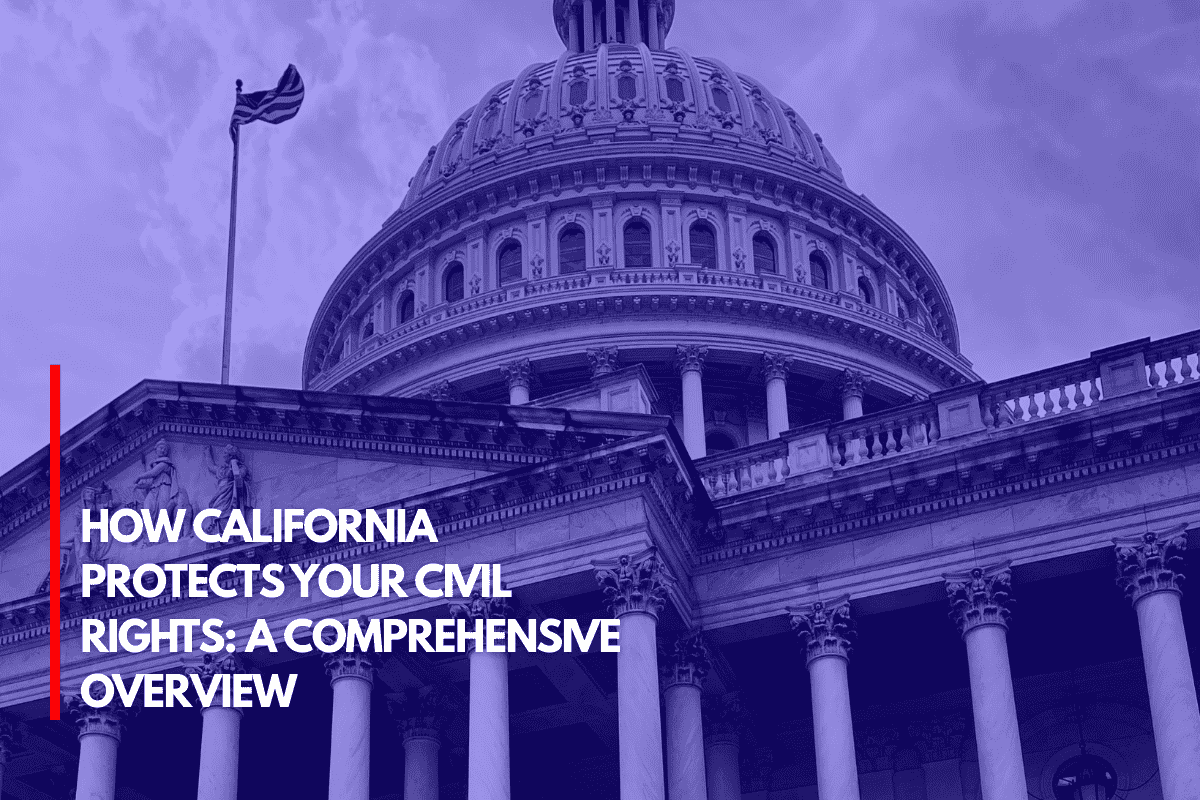Through a number of progressive regulations designed to lower harmful emissions, improve sustainability, and increase resilience against climate change, Vermont is dedicated to safeguarding the environment. Here is a summary of Vermont’s most important green laws for 2025.
1. 100% Renewable Energy by 2035
By 2035, Vermont aims to have all utilities run entirely on renewable energy. The goal of recent laws is to increase access to renewable energy, particularly solar electricity.
Large-scale renewable projects are encouraged by new rules that relax regulations for residential solar installations. The goal of these initiatives is to establish Vermont as a sustainable energy leader.
2. S.50 Legislation for Solar Energy
S.50, a landmark statute enacted in 2025, intends to streamline and expedite the installation of ground-mounted solar systems. Important modifications consist of:
increasing the solar project registration barrier from 15 kW to 25 kW.
establishing statewide solar installation setback regulations.
More solar development on previously approved locations is made possible by addressing the problem of single plant rulings.
The purpose of these modifications is to facilitate the expansion of solar energy capacity throughout the state.
3. Modernizing Act 250
The environmental evaluation and permitting procedure for major development projects in Vermont is governed by Act 250. The objective is to support sustainable development while safeguarding the state’s natural resources.
Act 250 modernization initiatives in 2025 center on:
ensuring that development initiatives fulfill the objectives of climate resilience.
juggling the need for housing with the preservation of woods, farms, and wildlife habitat.
This update ensures that new initiatives support the state’s long-term sustainability objectives.
4. Reduction of Toxic Chemicals
Vermont is aggressively attempting to limit exposure to dangerous chemicals that endanger public health and water quality, such as PFAS (per- and polyfluoroalkyl compounds). In addition to addressing other environmental risks, recent legislation attempts to phase out these harmful compounds.
Important policies concentrate on:
lowering the pollution caused by plastic.
controlling the use of chlorides and farm pollution in order to safeguard the health of the soil and water.
These initiatives are a component of Vermont’s larger plan to preserve biodiversity and improve the state’s environmental quality.
5. Climate Resilience and Flood Safety
Laws in Vermont also address adaptation to climate change, including measures to safeguard the state’s water and land. These laws function to:
Enhanced flood protection.
Encourage biodiversity and safeguard threatened species.
Create communities that are more resilient to the effects of climate change.
These programs are essential for protecting Vermont’s communities and natural resources from upcoming environmental threats.
6. Support for Electric Vehicles and Clean Heating
Vermont encourages the use of clean energy technology and electric vehicle (EV) usage. The state has laws that provide funding for:
incentives for locals and companies.
enhancements to public transportation networks.
encouraging the use of clean heating systems to lessen dependency on fossil fuels.
The goal of these programs is to reduce carbon emissions and move Vermont toward a more sustainable and clean future.
Summary Table of Key Green Laws
| Area | Key Features |
|---|---|
| Renewable Energy | 100% renewable energy by 2035, easier solar access |
| Act 250 Modernization | Balances housing growth with environmental protection |
| Toxic Chemical Reduction | Bans/restricts PFAS, reduces plastic pollution |
| Climate Resilience | Protects land/water, enhances flood safety |
| Clean Transportation | Supports EV incentives and public transit |
In Brief:
In 2025, Vermont will have green laws that take a holistic approach to environmental stewardship. These laws combine public health protections, protective measures for natural resources, and ambitious targets for renewable energy.
Vermont is fighting climate change and planning for a sustainable future by investing in clean energy, cutting harmful pollutants, and updating land use regulations.
References:












